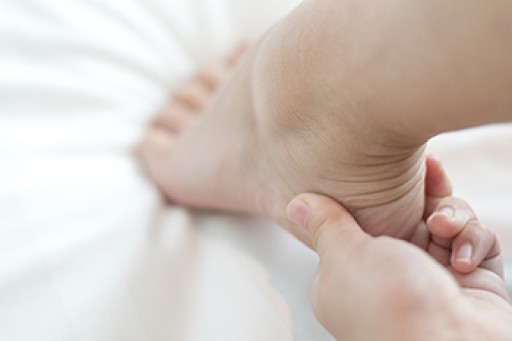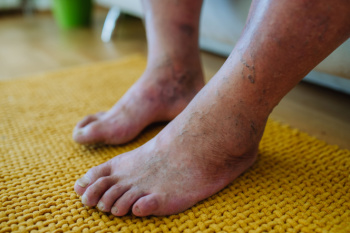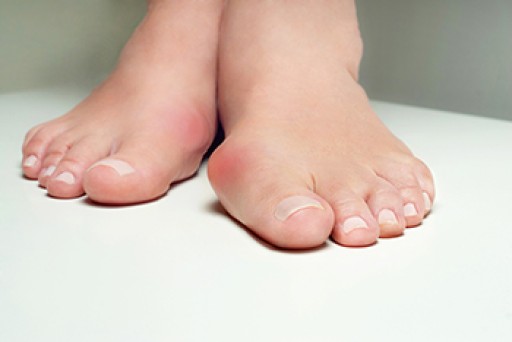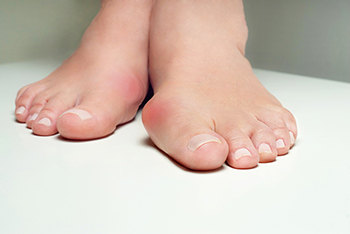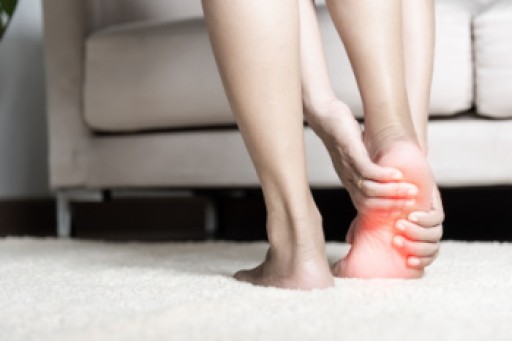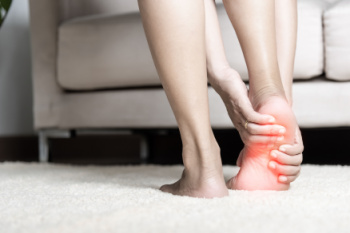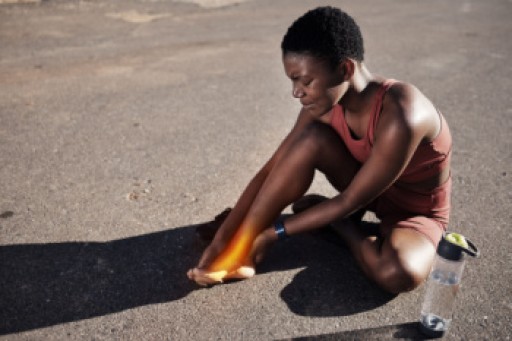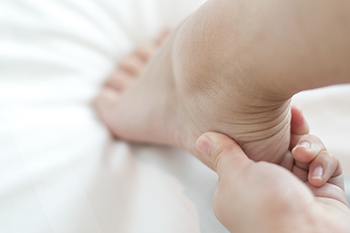
Sever's disease is a common cause of heel pain in children and teens, especially those who are active in sports. It happens when the growth plate in the heel becomes irritated from repeated stress or overuse. During growth spurts, the bones grow faster than the muscles and tendons, which can cause tightness and added pressure on the heel. Children with flat feet, high arches, or those who play sports like soccer or basketball are more likely to develop Sever's disease. Symptoms include heel pain, swelling, and limping, especially after activity. Rest, stretching exercises, and wearing supportive shoes can help relieve the pain. Custom orthotics may also provide extra support. Sever's disease usually goes away once the growth plates close, but if your child experiences continued heel pain, it is suggested you schedule an appointment with a podiatrist for diagnosis and appropriate care.
Sever's disease often occurs in children and teens. If your child is experiencing foot or ankle pain, see Cary Golub, DPM from New York. Our doctor can treat your child’s foot and ankle needs.
Sever’s Disease
Sever’s disease is also known as calcaneal apophysitis, which is a medical condition that causes heel pain I none or both feet. The disease is known to affect children between the ages of 8 and 14.
Sever’s disease occurs when part of the child’s heel known as the growth plate (calcaneal epiphysis) is attached to the Achilles tendon. This area can suffer injury when the muscles and tendons of the growing foot do not keep pace with bone growth. Therefore, the constant pain which one experiences at the back of the heel will make the child unable to put any weight on the heel. The child is then forced to walk on their toes.
Symptoms
Acute pain – Pain associated with Sever’s disease is usually felt in the heel when the child engages in physical activity such as walking, jumping and or running.
Highly active – Children who are very active are among the most susceptible in experiencing Sever’s disease, because of the stress and tension placed on their feet.
If you have any questions, please feel free to contact our offices located in Williston Park, and Long Beach, NY . We offer the newest diagnostic and treatment technologies for all your foot care needs.
